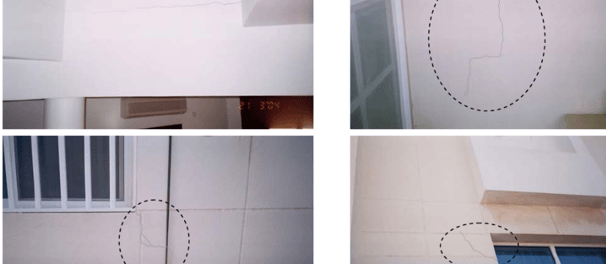How Velocity of Detonation (VOD) Affects Ground Vibration in Blasting | Reduce PPV in Mining Operations
Discover how the Velocity of Detonation (VOD) influences blast-induced ground vibration in mining and quarrying. Learn how to reduce PPV, optimize blast design, and improve rock fragmentation using low-VOD explosives. Ideal for mining engineers, quarry managers, and granite suppliers.
NATURAL STONESINDUSTRY INSIGHT
Yuvraj
5/9/20252 min read


Optimizing Blast Vibration Control: The Importance of Velocity of Detonation
Mining. Precision. Innovation.
Blasting operations play a vital role in mining, quarrying, and construction projects to fragment hard rock for excavation and production. However, one of the most critical side effects of blasting is ground vibration, which can impact nearby structures, destabilize slopes, and cause environmental concerns such as cracks, collapses, and operational disruption.
Understanding how to minimize vibration without compromising blast efficiency is essential. One of the most influential but often overlooked parameters in this regard is the Velocity of Detonation (VOD).
What Is Velocity of Detonation (VOD)?
VOD refers to the speed at which the detonation wave travels through an explosive material. This wave initiates a high-energy reaction that breaks rock, and its speed can range from 4,000 to 7,500 m/sec, depending on the explosive's chemical makeup, density, and form (cast, emulsified, ANFO, etc.).
When an explosive is ignited, the detonation wave creates extremely high pressures—known as Chapman-Jouguet (CJ) pressures, typically between 2.7 to 4.9 million psi—behind the detonation front. These pressures contribute to efficient rock breakage but also result in blast-induced ground vibrations.
Why Does VOD Matter for Ground Vibration?
Higher VOD means more explosive energy is released in a shorter time frame, which results in:
Greater detonation pressure (DP) on the blast hole wall
Finer fragmentation and better rock mass movement
Larger muckpile spread
But also:Higher Peak Particle Velocity (PPV) – a key metric of ground vibration
Greater backbreak and extended vibration duration
Importantly, only 10–30% of the energy from an explosive goes into actual rock breakage. The rest becomes blast nuisances like vibration, airblast, fumes, and flyrock.
Factors That Influence Ground Vibration
Charge Length and VOD: Longer charges and higher VOD create stronger pressure fronts.
Delay Timing and Scattering: Poor delay timing can cause waveform overlap and vibration amplification.
Rock Mass Properties: Harder rock with higher density and acoustic velocity requires higher-energy explosives.
Low-Density Explosives and Reduced Vibration
Research shows a strong case for using low-density explosives in sensitive areas. According to Sujit et al. (2020), ground vibration (PPV) was reduced by over 40% when using lower-density explosives due to their lower VOD. These explosives produce less detonation pressure, resulting in lower seismic energy release.
Tip: Use low-VOD explosives for soft to medium rock masses where vibration control is a priority.
VOD and Geological Compatibility (Impedance Matching)
For efficient energy utilization and minimum blast impact, it’s essential to match explosive characteristics with the rock mass. This is referred to as impedance matching, calculated as:
Density of rock × longitudinal velocity of rock = density of explosive × VOD
When matched properly:
High-strength rock: Requires high-VOD, high-density explosives
Low-strength rock: Requires low-VOD, low-density explosives
This alignment improves fragmentation and reduces unwanted energy dissipation as ground vibration.
Blast Design Tips to Minimize Vibration
To manage VOD-related vibration, incorporate these practical design strategies:
Decking with Delay Timing
Split the charge into multiple decks with time delays. This reduces Max Instantaneous Charge (MIC), leading to lower PPV without sacrificing fragmentation.
Use Cartridge/Decoupled Explosives
Cartridged explosives with an air gap between the explosive and blast hole wall reduce the confinement and minimize pressure transmission into the ground.
Electronic Detonators
Precision-timed detonators (with <1% error) ensure accurate delay intervals and reduce constructive interference between vibration waves.
Pre-Splitting
Conduct controlled, smaller blasts along the blast boundary to reduce the main blast's effect on surrounding areas.
Summary
Velocity of Detonation (VOD) is a critical explosive parameter that directly influences blast efficiency and ground vibration.
High VOD = better fragmentation, but increased vibration
Low VOD = reduced vibration, suited for soft/medium rock
Source - strayos
By the product